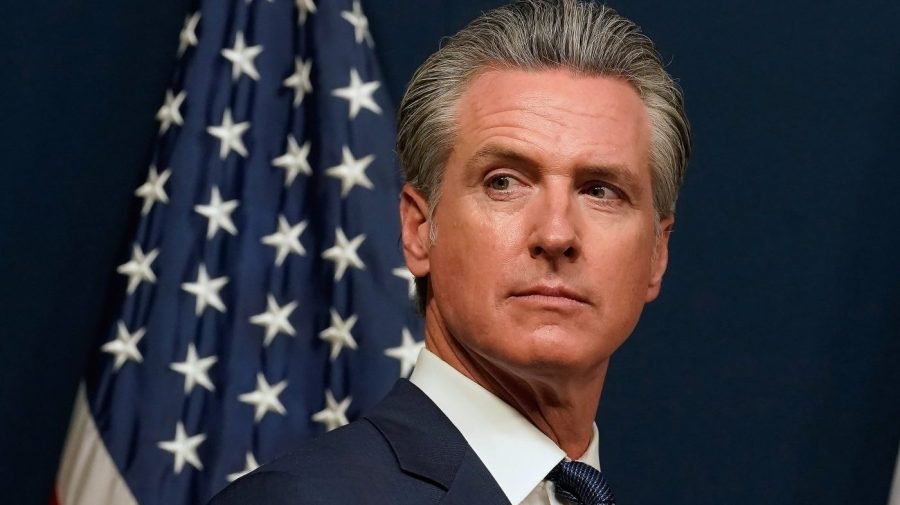
California Gov. Gavin Newsom (D) on Friday signed a slate of bills regarding climate and clean energy in an effort to “lower electricity costs, stabilize the petroleum market and slash air pollution.”
The measures signed into law include legislation to increase climate credits on utility bills, expand regional power markets out West, add $18 billion to the California Wildfire Fund and allocate $1 billion annually to a high-speed rail project.
The cap-and-trade program, now to be known as “cap-and-invest,” was reauthorized through 2045, “making polluters pay for projects that support our most impacted communities, Newsom said in a statement.
“We’ve got to manifest our ideals and our goals. And so this lays it out, but it lays it out without laying tracks over folks…the issue of affordability, as you heard, is top of mind,” Newsom said during a Friday signing event.
Amid the onset of refinery closures in the state, the governor approved a Republican-backed bill to support more offshore drilling in Kern County, an area rich with fossil fuel resources.
Republican state Sen. Shannon Grove said the legislation will “stabilize fuel prices for all Californians” during a speech on the floor last week.
The legislative package also earned applause from environmental advocates who have celebrated efforts by Newsom.
“We applaud Governor Newsom and California legislators for leading the way in cutting pollution, lowering bills, and building more resilient communities. Now we must accelerate this kind of progress in California and across the nation to meet the full scale of the climate crisis,” Evergreen Action vice president for states Justin Balik said in a Friday statement.
The California governor said Friday the state will push forward to lead the nation with “practical application business.”
“We’re getting it done here today,” Newsom said.
“So finding a balanced approach, setting forth strategies to achieve audacious goals that simply no other large-scale jurisdiction in the world can lay claim to, and doing it in a way that reduces the burden on ratepayers and taxpayers.”


